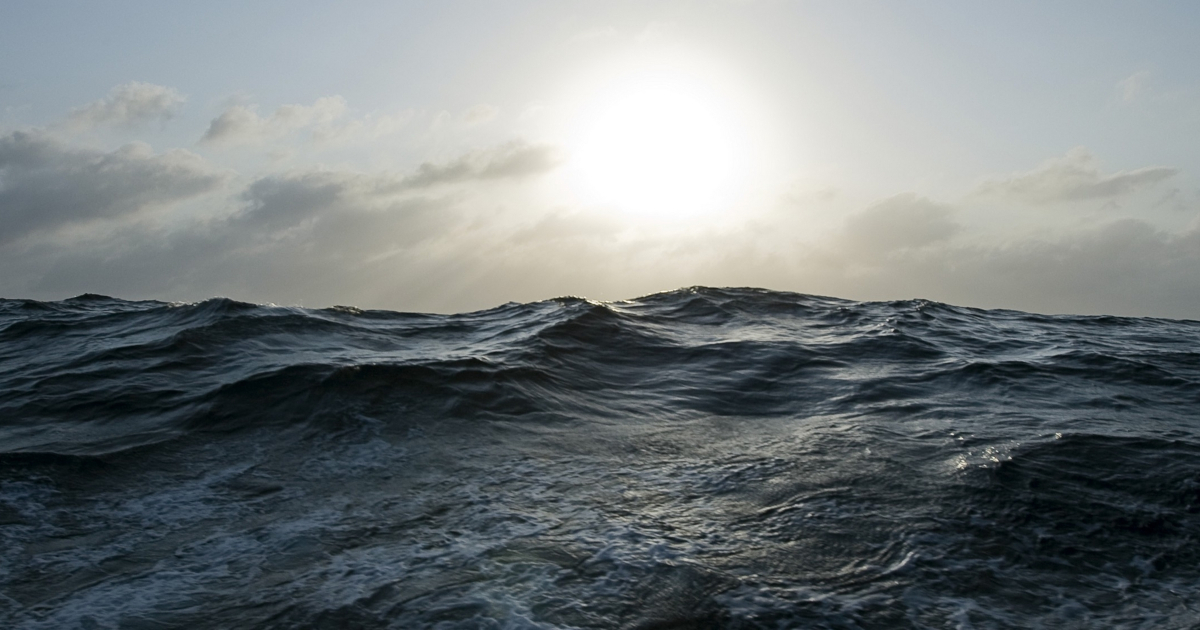- 2.8Impact Factor
- 5.0CiteScore
- 17 daysTime to First Decision
Phaseresolving Surface Wave Modeling
This special issue belongs to the section “Ocean Engineering“.
Special Issue Information
Dear Colleagues,
The phaseresolving modeling of sea waves becomes an important branch of the numerical geophysical fluid dynamics. In contrast to the numerous attempts to describe the wave motion with different substitute equations, the numerical modeling is based on the initial equations of fluid dynamics with free surface (still potential). A phaseresolving technique allows considering waves as they are, i.e. as a process in a basin built in computer. The potential approximation considerably simplifies the equations of fluid mechanics. If the numerical scheme is correct, we can be sure that a model describes the adiabatic potential waves with high accuracy. However, real waves cannot be considered as adiabatic, so parameterization of input, transformation and dissipation of energy is an essential part of wave modeling. These processes are more complicated than wave dynamics, but without their authentic description a further progress in wave modeling is impossible. It is the phaseresolving modeling that provides the opportunities for investigation and parameterization of physical processes in waves. This modeling can be used for development of spectral modeling, interpretation of wave spectrum in terms of real waves and for direct modeling of waves in small basins.
The high quality papers directly related to various aspects of wave modelling are encouraged for publication, including:
- Numerical schemes for solution of the full 2-D and 3-D equation of potential motion with free surface;
- Parameterization schemes for input and dissipation of energy.
- Examples of simulations.
Prof. Dr. Dmitry Chalikov
Guest Editor
Manuscript Submission Information
Manuscripts should be submitted online at www.mdpi.com by registering and logging in to this website. Once you are registered, click here to go to the submission form. Manuscripts can be submitted until the deadline. All submissions that pass pre-check are peer-reviewed. Accepted papers will be published continuously in the journal (as soon as accepted) and will be listed together on the special issue website. Research articles, review articles as well as short communications are invited. For planned papers, a title and short abstract (about 250 words) can be sent to the Editorial Office for assessment.
Submitted manuscripts should not have been published previously, nor be under consideration for publication elsewhere (except conference proceedings papers). All manuscripts are thoroughly refereed through a single-blind peer-review process. A guide for authors and other relevant information for submission of manuscripts is available on the Instructions for Authors page. Journal of Marine Science and Engineering is an international peer-reviewed open access semimonthly journal published by MDPI.
Please visit the Instructions for Authors page before submitting a manuscript. The Article Processing Charge (APC) for publication in this open access journal is 2600 CHF (Swiss Francs). Submitted papers should be well formatted and use good English. Authors may use MDPI's English editing service prior to publication or during author revisions.
Keywords
- Numerical modeling of sea waves
- wind-wave interaction
- wave breaking
- wave statistics
- freak waves

Benefits of Publishing in a Special Issue
- Ease of navigation: Grouping papers by topic helps scholars navigate broad scope journals more efficiently.
- Greater discoverability: Special Issues support the reach and impact of scientific research. Articles in Special Issues are more discoverable and cited more frequently.
- Expansion of research network: Special Issues facilitate connections among authors, fostering scientific collaborations.
- External promotion: Articles in Special Issues are often promoted through the journal's social media, increasing their visibility.
- e-Book format: Special Issues with more than 10 articles can be published as dedicated e-books, ensuring wide and rapid dissemination.

